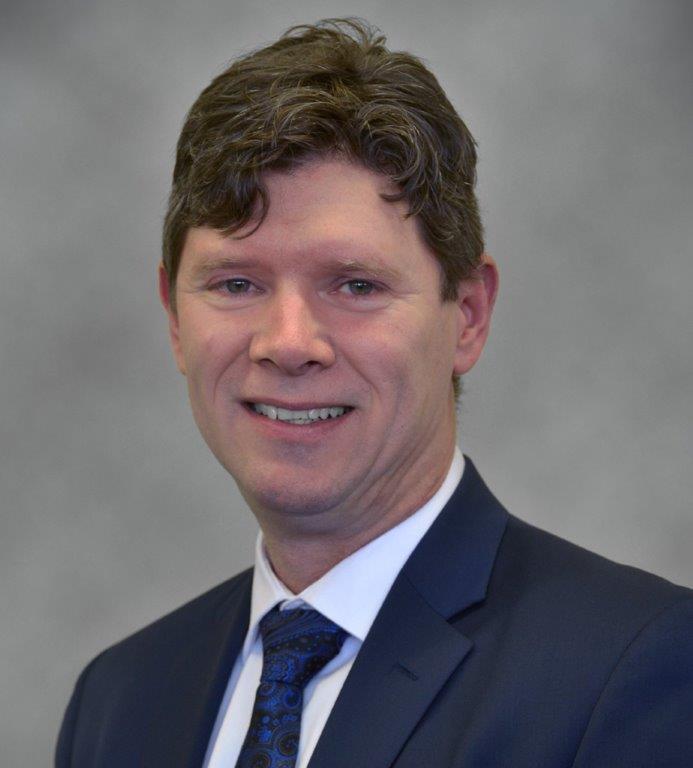 |
||||||||
| April 5, 2017 | ||||||||
| Roll service agreement increases reliability at Savon Sellu |  |
|||||||
|
· Subscribe to Ahead of the Curve · Newsletters · Ahead of the Curve archived issues · Contact the Editor
|
Nanotech and the Forest-Based Bioeconomy As a leader in scientific research and policy-making for the Canadian Forest Service, John Kozij has a keen interest in innovation, market growth, and sustainability for forest products. He serves as director general of the Policy, Economics and Industry Branch of the Canadian Forest Service, and holds a degree in economics from Simon Fraser University and a Masters in economics from Dalhousie University in Halifax. Kozij is one of three keynote presenters slated to speak at TAPPI’s International Conference on Nanotechnology for Renewable Materials—TAPPI Nano. Now in its 12th year, TAPPI Nano provides a unique forum combining an exceptional technical program with networking opportunities for participants working in research, development, and deployment of renewable nanomaterials. The 2017 conference will be held June 5-8, 2017 in Montreal, QC. Following is an exclusive interview with Kozij conducted by Jack Miller, author of Nanocellulose: Technology Applications and Markets. MILLER: Thank you, John, for speaking with us today. Could you first tell us a little bit about what you do with the Canadian Forest Service? Kozij: Yes, thank you. The Canadian Forest Service, CFS, is part of Natural Resources Canada, NRCan, one of the departments of Canada’s federal government. The CFS has about 650 people, roughly one-third in our central office in Ottawa, and the balance in six research centers across Canada. I lead the Policy, Economics and Industry Branch, one of several directorates within the CFS. CFS is science-based, and the science is mostly about forestry, mostly about the trees. You might say that my group is mainly concerned with what we can do with the tree after it has fallen, while other groups in CFS are more concerned with the tree while it is still standing. My group provides economic, policy and scientific expertise, as well as programmatic support for innovation and market development. Naturally, we’re very active in sustainability issues, but we also support initiatives to grow markets. What has been your role with nanocellulose? We also partner with industry and with other government agencies. CelluForce was a 50/50 joint venture between Domtar and FPInnovations. We provided part of the funding though both our Pilot Scale Demonstration Program and the Pulp and Paper Green Transformation Program; the province of Quebec also provided part of the funding. For the development of cellulose filaments, Kruger also received funding from NRCan’s Investments in Forest Industry Transformation program, or IFIT to build the CF demonstration plant. For the oil and gas development with Schlumberger and CelluForce, Sustainable Development Technology Canada, SDTC, provided financial support to optimize the extraction process of NCC from dry wood pulp and develop applications for its use in the oil and gas sector. Do you get involved beyond providing funding? You also mentioned cellulose filaments. What else will you be speaking about as keynoter? This moves us to be thinking about the broader trends. If there is protectionism, as with softwood lumber, we need diversification into new products, such as nanocellulose, and new markets, such as China. There are also structural issues, such as the decline of newsprint markets. We need to maintain and grow middle-class prosperity. The bioeconomy can be a big part of this. Sounds like the mandate is far-reaching. What is the overarching goal or vision: Is it jobs? Trade? The environment? Within NRCan there are different goals for different groups. For example, with IFIT it’s mainly about jobs, greenhouse gases, and innovation. We’d like to see a federal bioeconomy strategy, and we’re working with Agriculture Canada and the other federal departments and agencies to this end. The key deliverable will be a Canadian Council of Forestry Ministers (CCFM) Bioeconomy Framework. The CCFM, a federal/provincial forum on forestry, took a big step forward when we agreed on an action plan to deliver the Bioeconomy Framework. The target date is September, 2017. Does this extend to other materials as well? Thank you. We look forward to hearing more about it in Montreal—it sounds very exciting. About the conference: TAPPI’s 2017 International Conference on Nanotechnology for Renewable Materials will be held June 5-8, 2017 at the Hyatt Regency Montreal in Montreal, QC. For program information, registration, and more, visit conference.tappinano.org. The conference is planned by TAPPI’s International Nanotechnology Division (tappinano.org.) The group’s mission is to serve as the leading global forum for the community of individuals, organizations and institutions seeking to collectively advance the use of nanotechnology within the forest products industry, and support the development, production and use of industry renewable or sustainable nanomaterials for all industries. About the author:
For a modest investment of $174, receive more than US$ 1000 in benefits in return. |
|||||||
 |
||||||||

